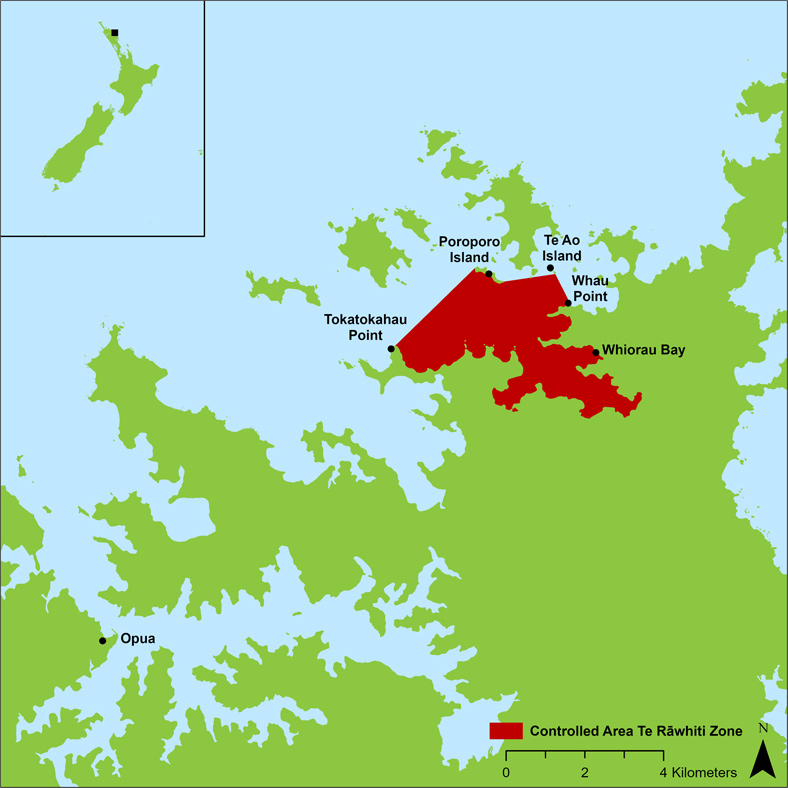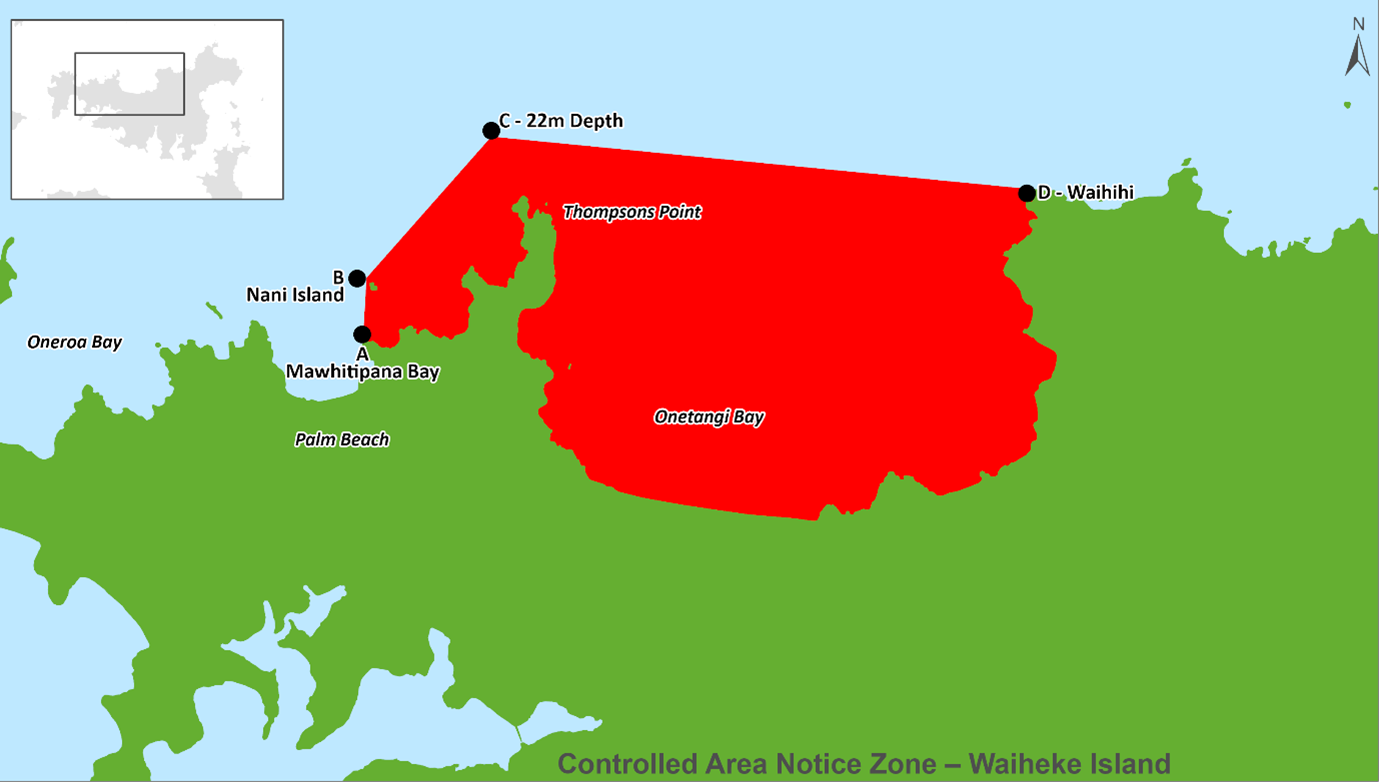Anchoring and fishing rules to stop the spread of exotic caulerpa
There are restrictions on some anchoring and fishing activities at these 4 locations:
- Aotea Great Barrier Island
- Ahuahu Great Mercury Island
- Te Rāwhiti Inlet in the Bay of Islands
- Waiheke Island (from 17 December 2024).
The controls for all 4 areas are outlined in legal documents.
Exotic Caulerpa Controlled Area Notice (CAN) 2024 [PDF, 1.5 MB]
Caulerpa Controlled Area Notice Waiheke Island [PDF, 512 KB]












